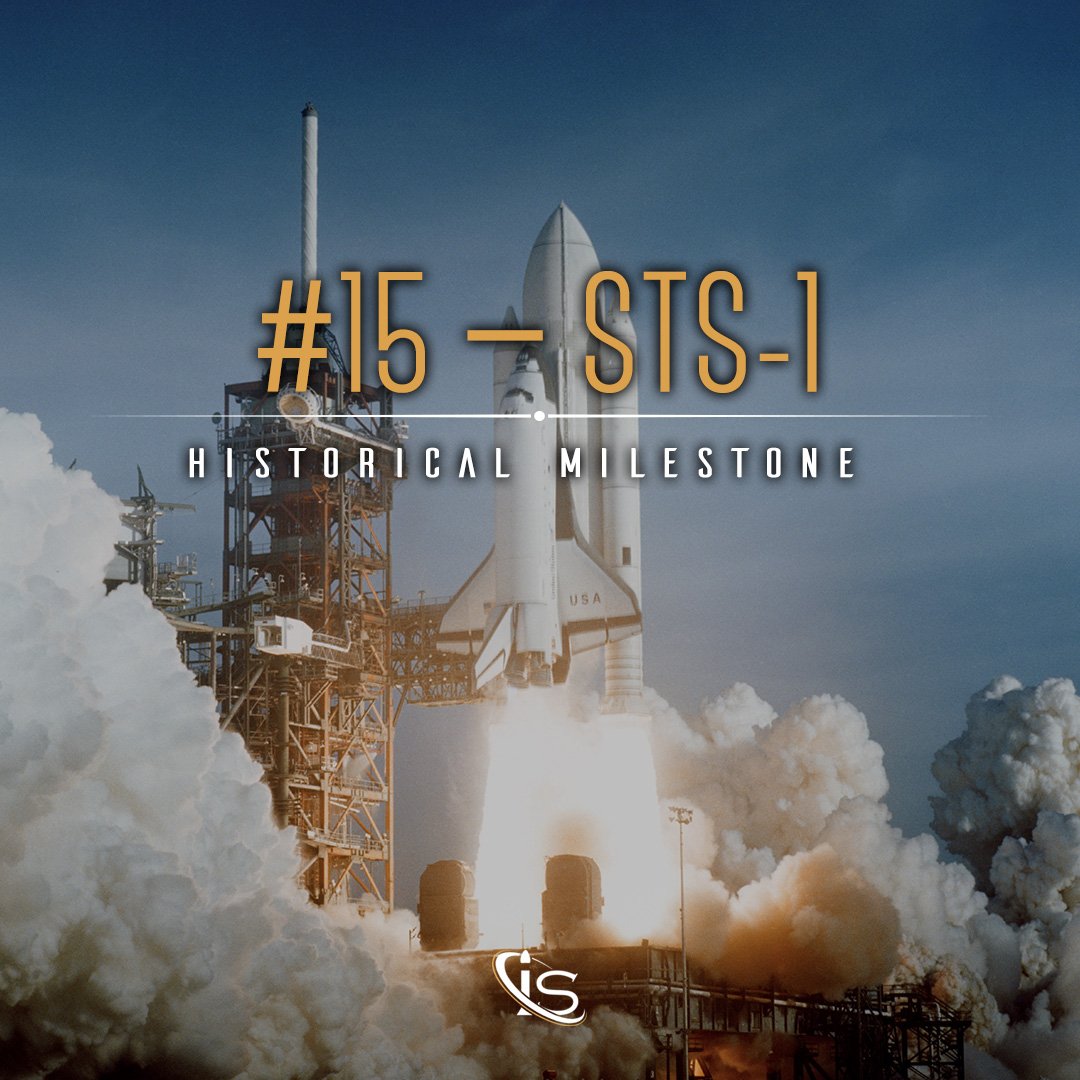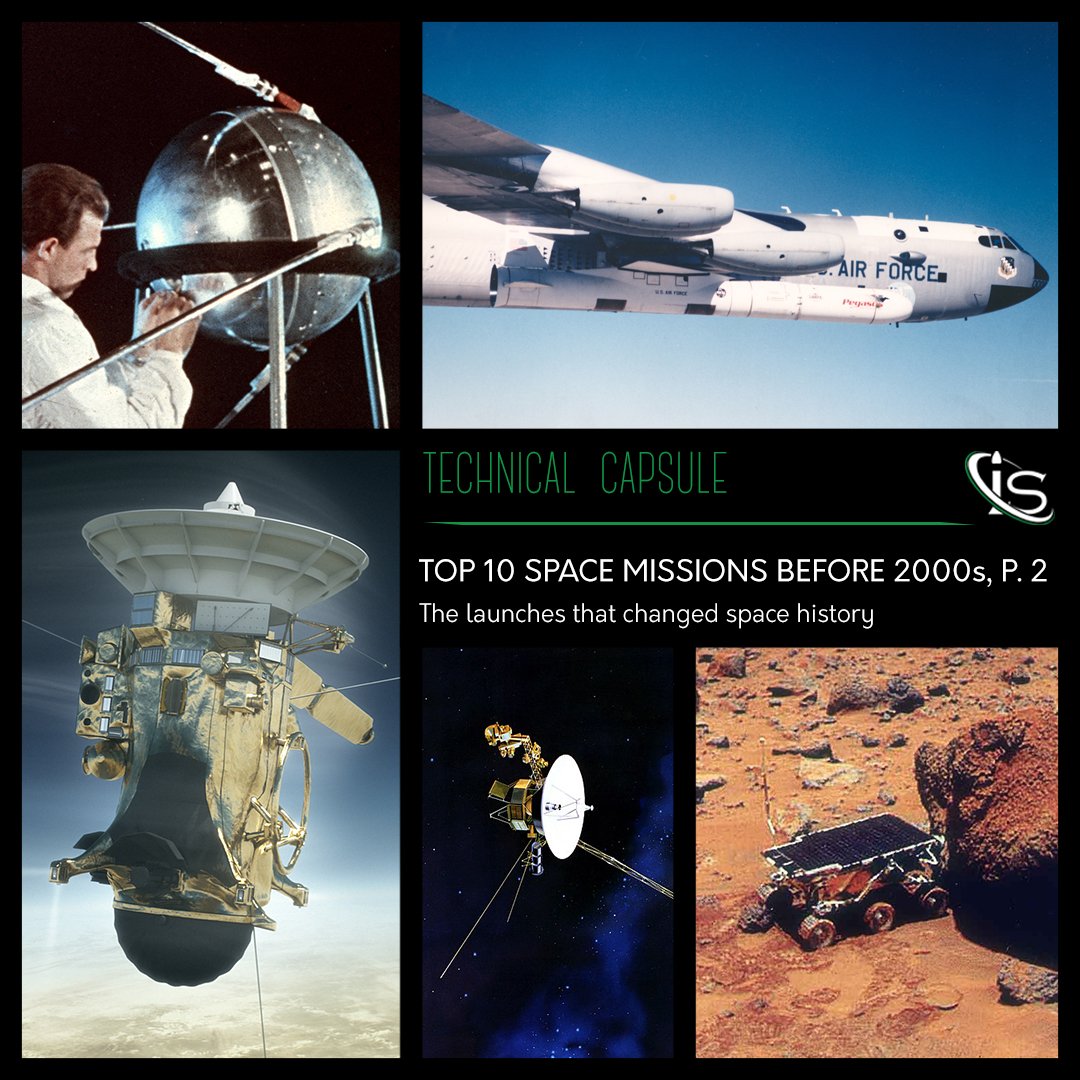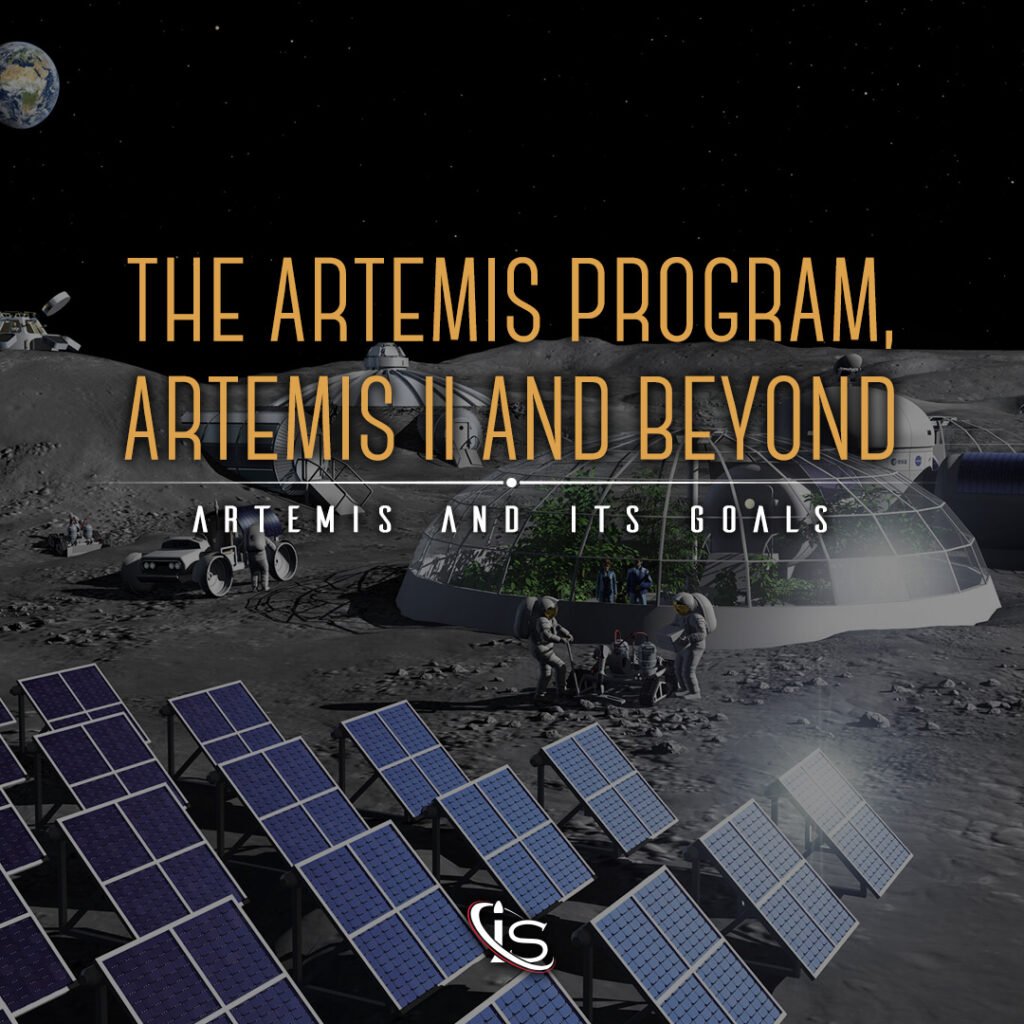Welcome back, everyone, to a new instalment of our historical milestone series. This is the first of the year 2024 and the last of our first yearly cycle of milestones, which started last February. Unfortunately, today’s topic is much more somber than any we have tackled so far. Because, on January 28th, 1986, the space shuttle Challenger exploded killing all members of its crew. So, even though it is a painful memory, let’s get to talking about one of the saddest events in the history of the space industry, the Challenger Disaster.

Challenger’s Objectives
Many of you may already be familiar with what happened with the launch, so let’s first discuss what the mission’s objectives were. The main goal was the deployment of the satellite equipped with the second Tracking and Data Relay System (TDRS). These were a network of satellites in GEO that, once completed, allowed for basically uninterrupted communications during shuttle missions. Another objective of the Challenger mission was studying the Halley comet further. As this celestial object was returning to the inner Solar System, the Spartan-Halley astronomy satellite was going to take the opportunity to conduct more research on it.
The last mission objective was the most unique: sending a teacher into orbit to conduct lessons from space. Aptly named “Teacher in Space”, this was going to consist of two live sessions that were going to be conducted on Challenger’s sixth day in orbit. The first session was called “The Ultimate Field Trip”, and it aimed at comparing life on Earth to that aboard the shuttle. The second was “Where We’re Going, Where We’ve been, Why?” and it was going to focus on the importance of conducting research in space. Furthermore, other filmed lessons were planned, with a focus on how weightlessness affected physical phenomena.
Preparing for the Challenger STS-51L Mission
The crew for this mission was picked the previous year, on January 29th, 1985. It consisted of Commander Francis R. “Dick” Scobee, Mission Specialists Ellison S. Onizuka, Judith A. Resnik, and Ronald E. McNair, and Pilot Michael J. Smith — the crew’s only rookie astronaut.
As for the teacher, the search began on August 27th, 1984, when President Reagan announced a teacher would become the first flight participant on the shuttle. Then, on June 13th of the following year, NASA announced the teacher would fly on this Challenger Mission. The number of teachers in the running for this honor was over 10,000, meaning the selection process was anything but simple. Finally, on July 19th, 1985, President Bush (at the time Vice President Bush) announced the winner, a middle school teacher from New Hampshire, S. Christa McAuliffe. Her backup was an Idaho teacher, Barbara R. Morgan. And on September 9th, both of them began their training with the fellow crew members of mission STS-51L.
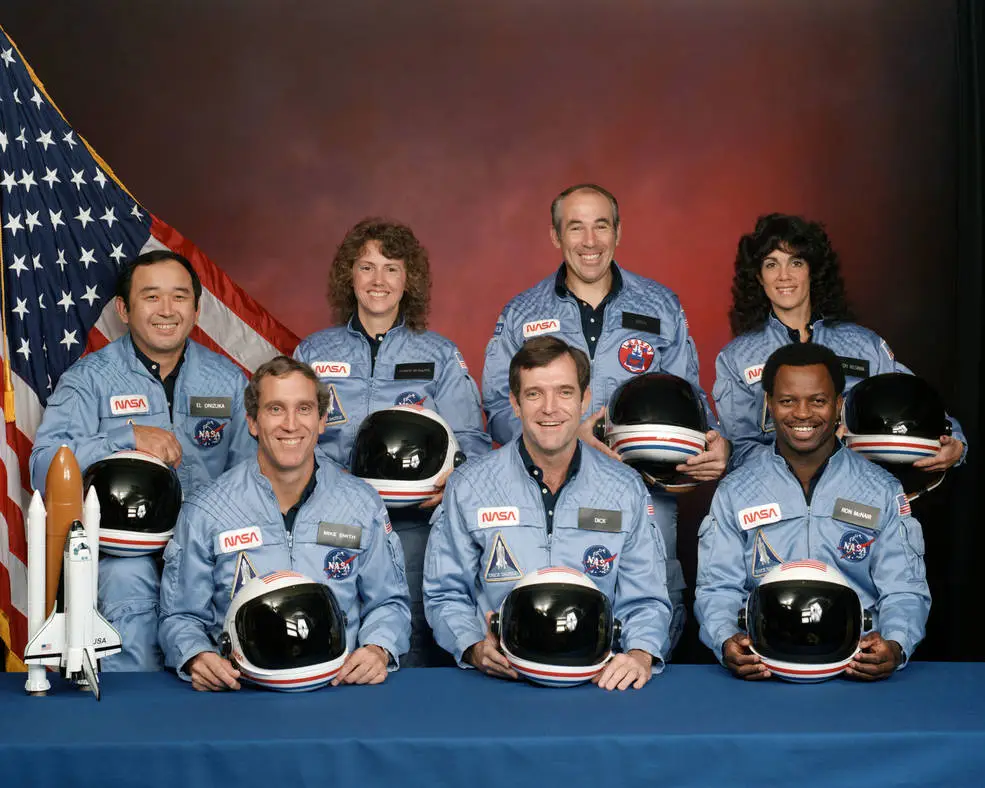
Challenger Pre-Launch Operations
The Challenger space shuttle was immediately taken for preparations after its return from its previous mission, STS-61A. First, its Spacelab module was removed, followed by the installation of the Spartan-Halley payload. Then, Challenger was moved to the Vehicle Assembly Building, where it had its solid rocket boosters installed, before making it to Launch Pad 39B, at the Kennedy Space Center. This, also, marked the first time a rocket went on 39B since the Apollo-Soyuz Test Project in 1975. On January 8th and 9th, the Terminal Countdown Demonstration Test (TCDT) was conducted. This featured the astronauts of the mission getting ready just as they would for the actual launch. Then, the countdown to simulate the launch proceedings — minus engine ignition — was conducted. Afterwards, all that was left to do was wait for the actual launch date.
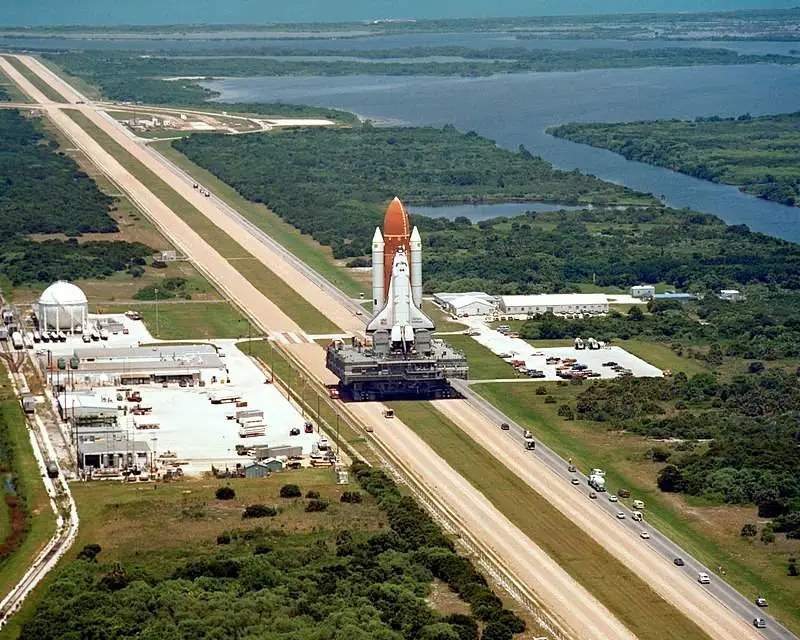
The Launch of the Challenger Disaster
And now comes the part of the historical milestone that I do not really know how to approach. The launch itself. Many people already know what happened on this day, 38 years ago, but it does not make recounting it any easier. Still, not writing about the actual launch would be a disservice to the memory of these fallen heroes. Because that is what they are. Even though, it is easy to forget, going into space is not something to be taken lightly. And while accidents on this scale are rare, they are not impossible. Which I am sure is a risk the crew of STS-51L was keenly aware of.
However, let’s get back to the actual launch. It took place on January 28th, 1986, at the Kennedy Space Center. The night before had been unusually cold, leaving noticeable traces of ice on the launch tower. The engineers present brought up concerns regarding how this would affect the O-rings in the SRB segment joints. However, the launch managers overruled said concerns and cleared Challenger for launch.
Everything started off fine, with the shuttle lifting off from the launch pad and beginning its ascent to orbit. Unfortunately, after a mere 73 seconds, all contact was lost with Challenger and, in its place, a fireball could be observed.
The Challenger Disaster’s Aftermath
This tragic event shook NASA and the world as a whole to its core. President Reagan gave a eulogy to the crew after the accident and established a commission to investigate it. The subsequent report, known as the Roger’s Commission Report, summarized the technical faults behind this disaster. It also pointed out some of the systemic cultural and organizational facets that contributed to clearing Challenger for launch that day. Finally, the report provided recommendations on how to avoid these deficiencies in the future.
However, something positive did come from this tragedy in the form of the Challenger Center for Space Science and Education. This was formed by the families of the crew of STS-51L in 1986. It consists of a network of space-themed learning centers aimed to foster students’ skills and interest in the field.
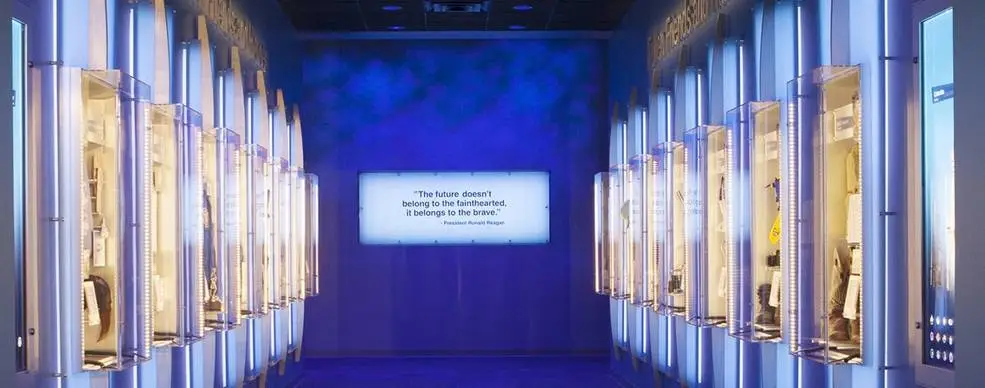
The “Forever Remembered” Memorial Exhibit was also opened at the KSC Visitor Complex by the families of the astronauts of both the Challenger and Columbia disasters. This same visitor complex also has the names of the seven Challenger astronauts engraved on the Space Mirror Memorial. And every year, on the fourth Thursday of January, NASA holds a Day of Remembrance for the astronauts who lost their lives in the Challenger and Columbia disasters and the Apollo 1 fire. On this day, NASA and its employees both remember these fallen astronauts and focus on what other measures can be taken to minimize as much as possible the risk of these tragedies happening again.

